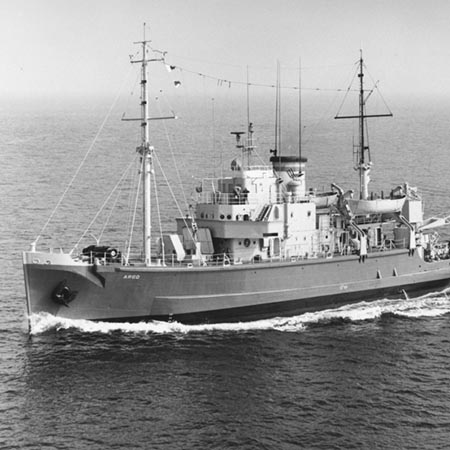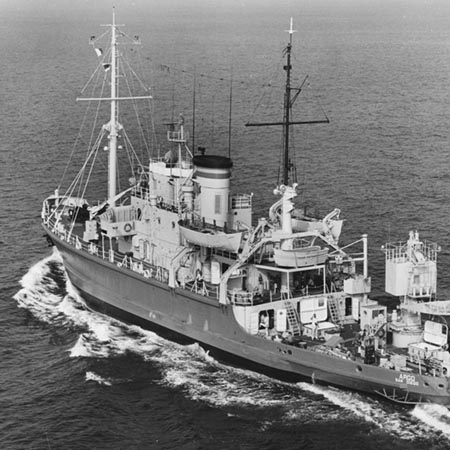Circe Expedition, 1968-1969
Circe Expedition investigated bottom topography, magnetic patterns, heat flow, sediment thickness and age, chemical properties of sediments and the overlying water and made localized dredge hauls for petrological crustal studies in the west and southwest Indian Ocean. Igneous rock suites dredged deep in the cross-fractures of the slowly-spreading Southwest Indian Ridge consisted of large little-altered specimens of lower crustal matic and upper mantle ultramatic rocks never before recovered in oceanic areas. The R/V ARGO field-tested the IBM 1800 shipboard computer linked to a prototype satellite navigation system, marking the first time a Scripps vessel’s position at sea was obtained automatically by combining ARGO’s maneuvering data with observations received from the satellite for display by computer. The expedition also surveyed potential deep sea drilling sites for JOIDES.
Explore the UC San Diego Digital Collections for more photos from the expedition
Report:
Letters, clippings and ship's logs available in the UC San Diego Library Digital Collections


![[Scripps Institution of Oceanography director Dr. William A. Nierenberg at his office]](../_images/expeditions/bb7646117k.jpg)